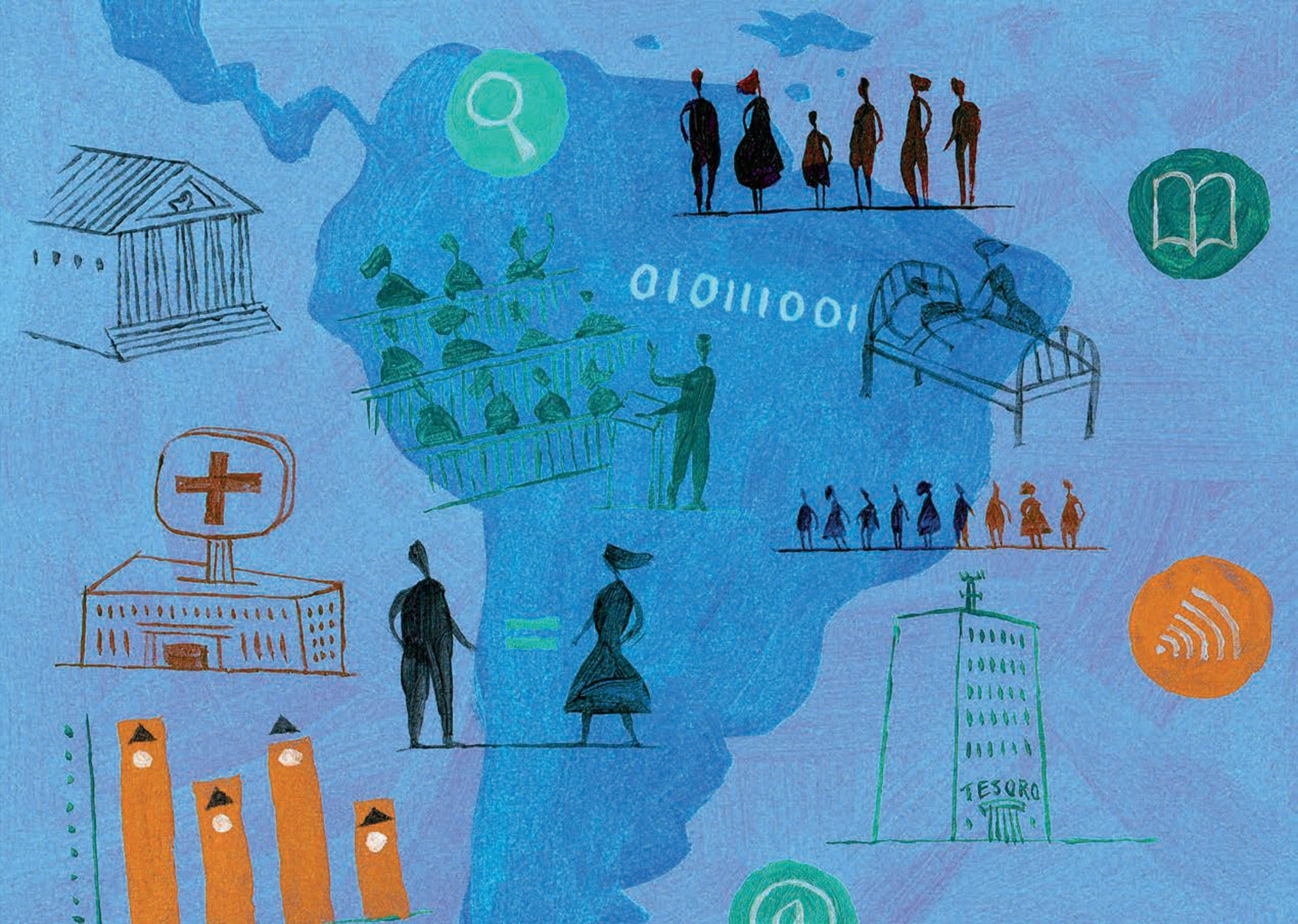By directing the budget process, the central budget authority (CBA) can contribute to achieving a well-structured budget that, in turn, can give strategic direction and cohesion to the public sector by funding the country’s competing needs, from improving education to developing new infrastructure.
The location of the CBA affects the amount of co-ordination required to consolidate the budget. The majority of LAC (84%) countries have located the CBA within the Ministry of Finance and/or Economics. It is commonly located in one specific office or department of the ministry, usually the budget department as, for example, in Argentina, Bahamas, Costa Rica and Peru. In Uruguay, the CBA functions are split between the Ministry of finance and the national planning ministry/department. In both cases, the planning ministry/department is in charge of assessing and deciding on investment projects to be included in the budget. In 2018, in the case of Brazil, the budget was entirely managed by a CBA located in the Ministry of Planning, Budget and Management that coordinates for some aspects (e.g. directives) with the Ministry of Finance.
The head of the CBA is often the person responsible for preparing the government’s budget and for interacting with other spending units. In most (62%) of LAC countries, the head of the CBA is a political appointee, understood as a government official who generally does not remain in the position when there is a change in government. Nonetheless, in Argentina, the Bahamas, Costa Rica, El Salvador and Paraguay, the head of the CBA is a civil servant who could expect to remain in the position when there is a change in government.
The responsibilities and authority of the CBA should be defined in a way that prevents duplication of tasks or disputes between the different units involved. The CBA has responsibilities at various stages of the budget cycle. In the majority of the countries, it is largely involved at the time of formulating the budget. In all of the surveyed LAC countries in 2018, the CBA had the exclusive responsibility of drafting budget circulars, including in Panama whose CBA was not responsible for this in 2013. Similarly, in all surveyed OECD countries, drafting the budget circular was the responsibility of the CBA. Developing the executive’s budget proposal is the responsibility of CBA in most OECD and LAC countries. Determining budget ceilings for line ministries is also the exclusive responsibility of the CBA in the majority of both groups of countries. The CBA also conducts negotiations with line ministries in OECD and in LAC countries, although in the Dominican Republic, El Salvador and Guatemala this responsibility is shared (in the last two, with the Presidency).
At the time of executing the budget, the CBA had the exclusive competence over authorising outlays in ten LAC countries (including the Dominican Republic where it is shared). By contrast, only around half of OECD countries assign this responsibility to the CBA. Monitoring the performance of line ministries is the responsibility of CBA in 8 countries (out of 13), compared to a third of OECD countries. On the contrary, a larger proportion of OECD countries than of LAC countries are responsible for producing complementary budgets.


